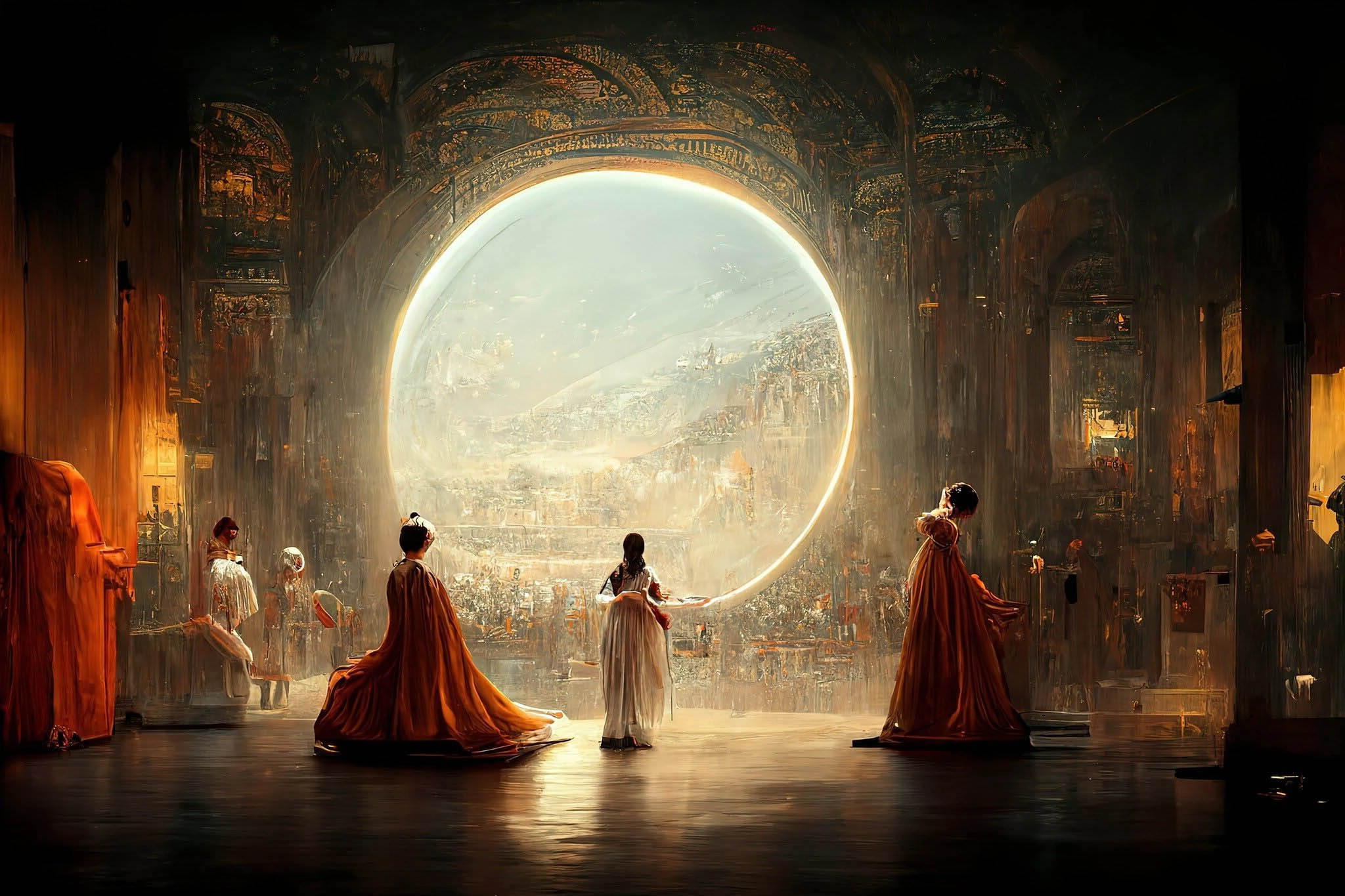Midjourney, yet another AI picture generator that is sweeping the internet, is all about utilising your imagination.
In the last year, artificial intelligence has drastically altered the world of art. With only a single spoken cue, anyone can make whatever image their mind can conjure thanks to a slew of AI painting programmes.
While a sea of these generators has developed, one known as Midjourney has swiftly surged to the top. This programme, which is Gothic in character, provides a level of realism that has yet to be matched.
Midjourney has significantly pushed the bounds of AI art generators, delivering frequent upgrades with new talents, approaches, and breakthroughs in its training database.
So, what exactly is Midjourney? What are your plans for it? And does this represent the future of the art world?
What exactly is Midjourney and what does it do?
Midjourney is one of many AI image producers that have lately surfaced. Midjourney, unlike Dall-E 2 or some of its contemporaries, responds to your requests in a more dream-like arty approach.
It is likely to appeal to people who work in science fiction literature or art that demands a more gothic atmosphere. Midjourney is a painting tool, whereas other AI generators are primarily focused on pictures.
According to the brand’s website, it seeks to “explore new mediums of thought and expand the imaginative powers of the human species.”
Midjourney will ask you to provide a written prompt for an image, such as ‘a fox wearing a top hat in the style of a Roald Dahl illustration,’ and you will be returned many tries at this image in a few seconds.
Your image can go awry, and the model isn’t ideal. For example, it may struggle to build hands or other complex objects, and backdrops are frequently fuzzy or confused, but these are issues that you would encounter with any of these models.
Midjourney latest features
Pan feature
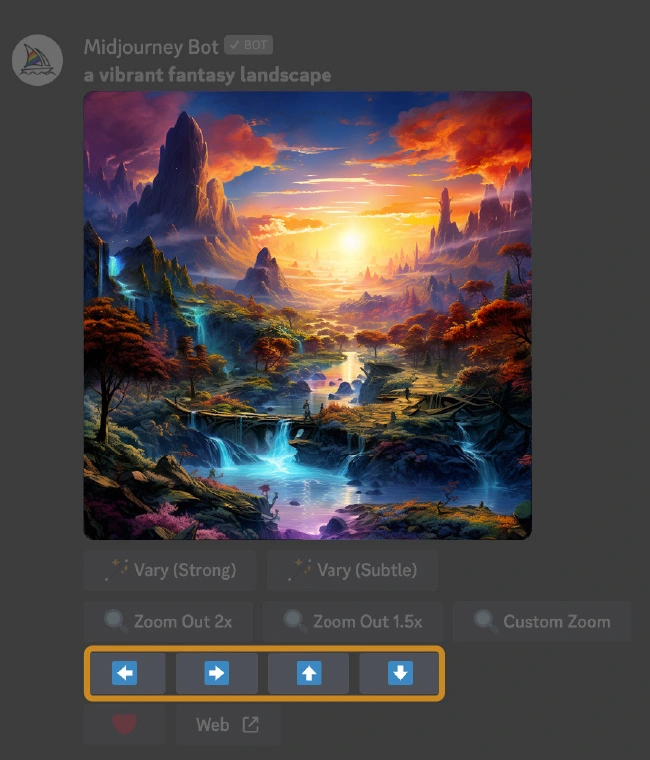
‘pan’ is the name of Midjourney’s most recent feature. This allows the user to stretch their picture in any direction by clicking a series of arrow buttons. This also comes with a function known as ‘remix’ which will modify the prompt each time you expand the picture outwards.
Turbo mode
Midjourney will provide turbo mode for twice the price, making photographs at four times the pace. With the significant price rise, this will only be essential for big Midjourney users.
Permutations and repetition
Midjourney Pro customers get access to repeat and ‘permutations’ capabilities. With these two tools, every user may produce up to 64 pictures at the same time and request up to 40 different prompt combinations in a single query. For example, asking for a (art deco, oil painting) of a (ninja, wizard, priest) combines all of these suggestions.
Describe
In its most basic form, AI art generators convert words into art. One of the most recent additions to Midjourney’s platform is the option to reverse this. This allows any user to convert photos into text. Simply enter your own photograph and Midjourney will provide you with a detailed explanation. This is a good approach to see how Midjourney thinks about terms for future prompts.
What’s new about Midjourney Version 5?
Since the software’s first release, the Midjourney team has been constantly improving it. They are now in the fifth iteration.
According to the researchers, this provides superior picture quality, more diversified outputs, a larger aesthetic range, support for seamless textures, a wider aspect ratio, better image promotion, and a wider dynamic range.
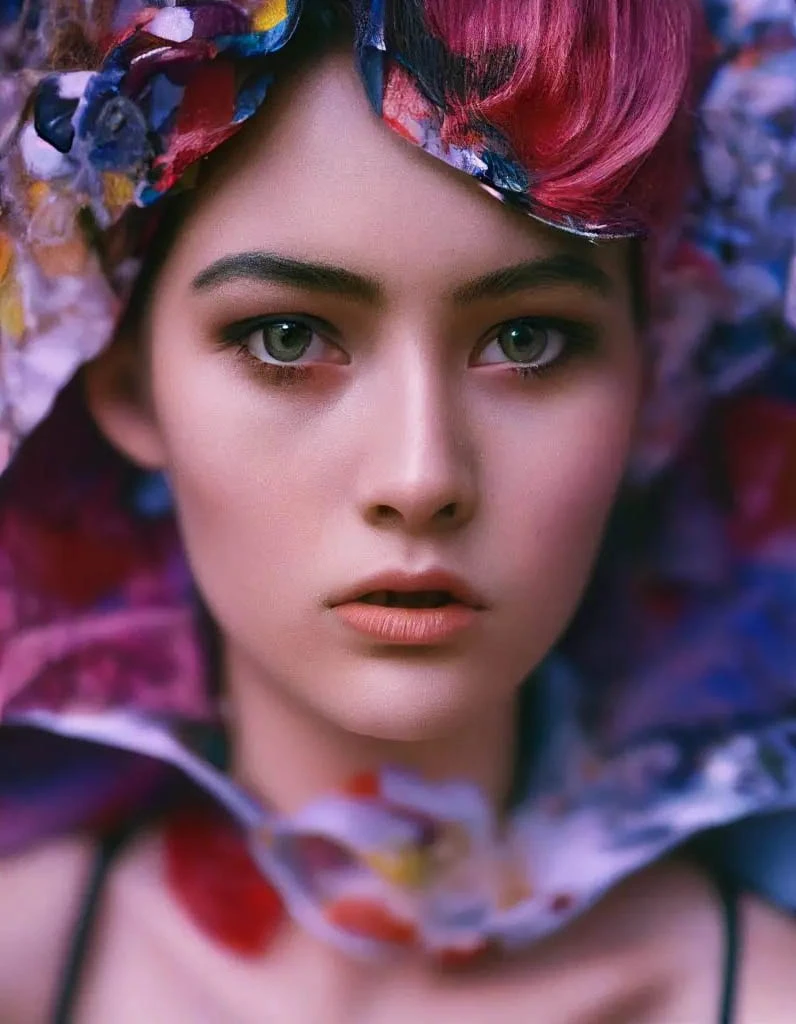
In the current edition, Midjourney is more capable of producing faces.
That’s a lot of unclear changes, but the main thing here is a concentration on better degrees of detail in photos. Raindrops, the iris of an eye, and the mountain background will all be more lifelike. This will allow additional detail to be collected from more comprehensive prompts where the model previously would have left out further information.
This is the model version that is currently available to all users.
How can you sign up for Midjourney?
Midjourney operates in a somewhat different manner than other AI products. While you may join up directly on the company’s website, utilising the programme requires you to download and install Discord, a discussion forum-style app.
You’ll be invited to the Midjourney Discord once you’ve been approved into the Beta. If you’ve never used anything like this before, it may appear complicated, but the foundations are simple.
You receive 25 free searches, after which you must join up for a premium membership (which ranges between $8 and $60 per month depending on the plan you pick).
Simply go to any of the ‘newbie’ channels displayed on the left-hand side of the Discord. Then, put ‘/imagine’ followed by the prompt you want. Within a minute, the bot will answer with four different variants of this request.
You can obtain other versions of any of these photographs, or you can upgrade one of them to a bigger, higher-quality image.
Other individuals will be making requests in the bot channels where you request your photos. It may get a little crazy in there, so keep track of where your image is at all times.
Any photograph you’ve requested may be found on the Midjourney website.
How does Midjourney work?
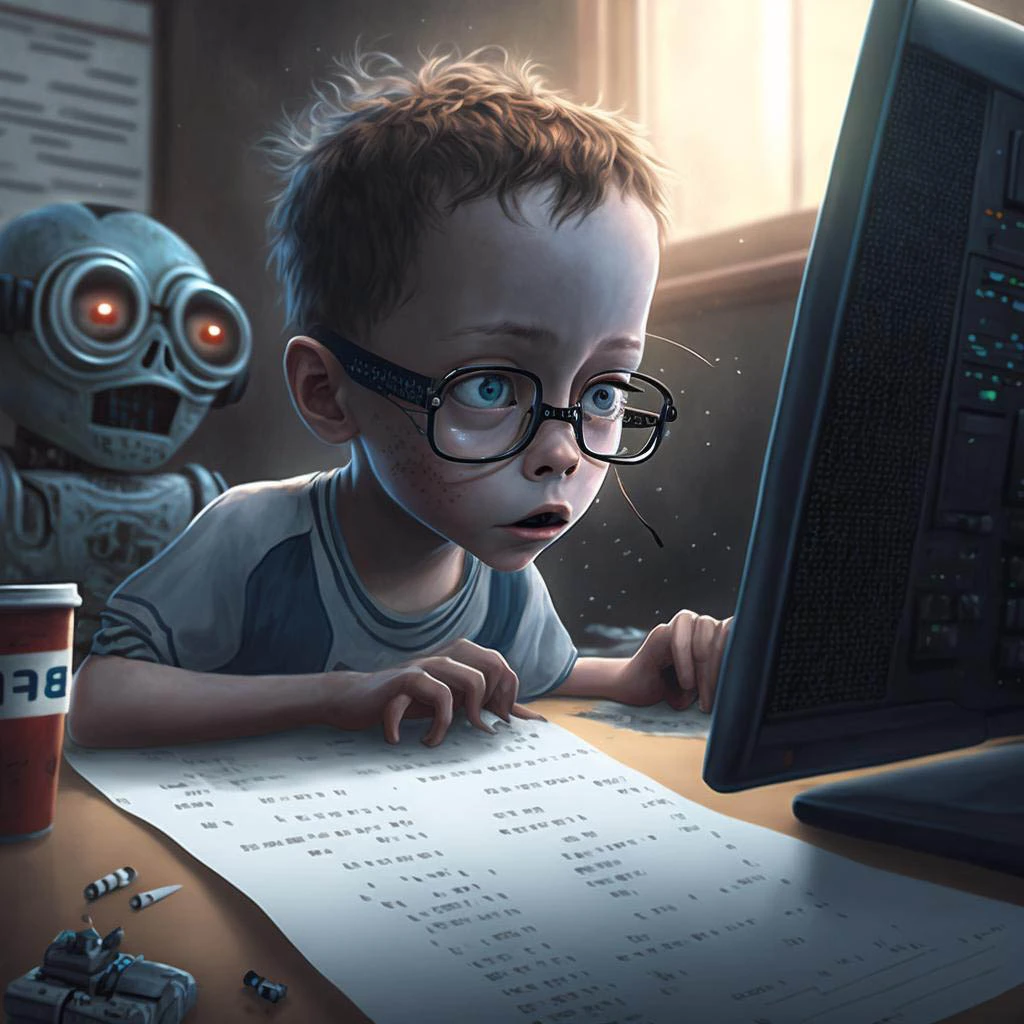
Most of the big AI picture generators’ developers have provided reams of information on how they function, as well as published their source code; however, this is not the case for Midjourney. The crew behind it has been rather secretive about its origins and training.
Midjourney, on the other hand, is likely to adopt a methodology similar to both Dall-E 2 and Stable Diffusion, especially because both businesses have detailed their training procedures.
These models have been taught the relationship that exists between a picture and the text that describes it. Midjourney has previously acknowledged that, like its rivals, it scoured the internet for photos and words to characterise them, training on millions of public photographs.
The bulk of AI picture generators with open source code produce these images using a method known as diffusion. These models essentially function by adding noise to an image, reducing it to a pixelated jumble.
It then figures out how to retrieve this data by reversing the noising process. This process is performed several times, training the model to add noise and then remove it. The model may then use the denoising process to produce realistic visuals by varying the image in minor ways.
This is combined with the model’s grasp of the link between an image and the language used to describe it, assisting AI image generators in comprehending what you are requesting with your prompt.
Not all plain sailing
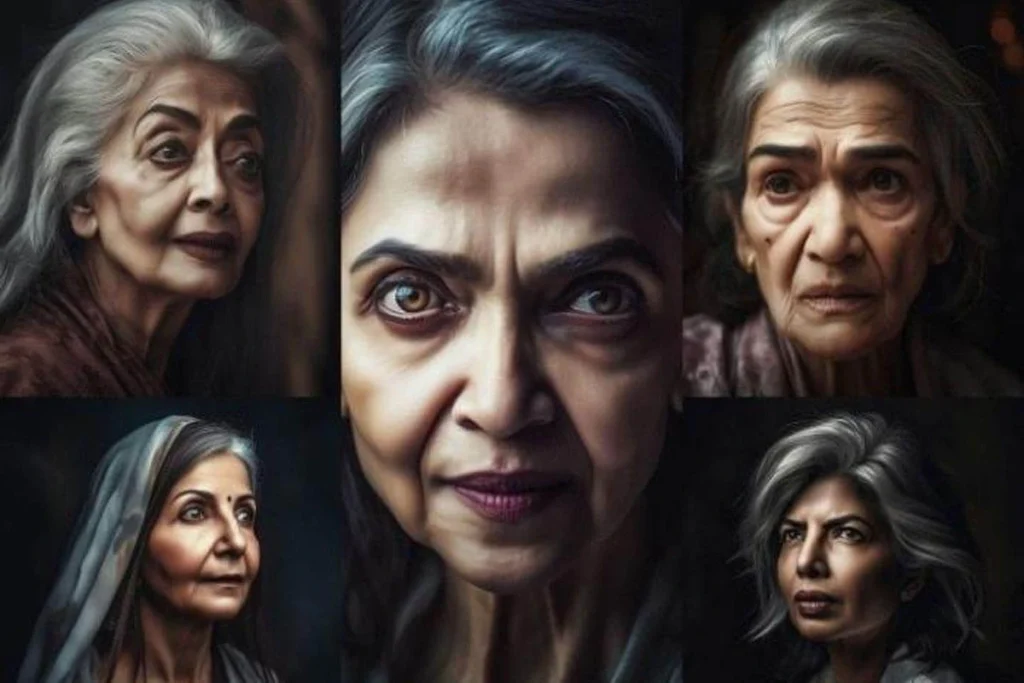
Midjourney, like its competitors, is not without criticism. Concerns have been raised about copyright, especially because the founder stated that they did not obtain permission from the artists whose work the model was trained on.
With millions of photos required for a model of this size, this would imply millions of copyright infringements.
As a result, both Midjourney and Stable Diffusion have been named in a lawsuit filed by a group of artists.
“It’s just a massive scrape of the Internet.” We train using open data sets that have been released. That is something that I believe 100% of people do. “We weren’t picky,” admits Midjourney creator David Holz in an interview with Forbes.
Midjourney hopes to be able to provide artists the option to opt out of having their photographs used in the future.
The Midjourney team has announced that they will be creating a magazine. This will include artwork handpicked from the 10,000 most highly rated photographs.
In addition, the Midjourney magazine will contain interviews with Midjourney community members discussing their prompts, how they utilise Midjourney in their creative process, and other topics.
The magazine will be published once a month and will cost $4 per month. However, there are some concerns about the copyright of the photos featured in the magazine, which fall into a grey area of copyright law.


